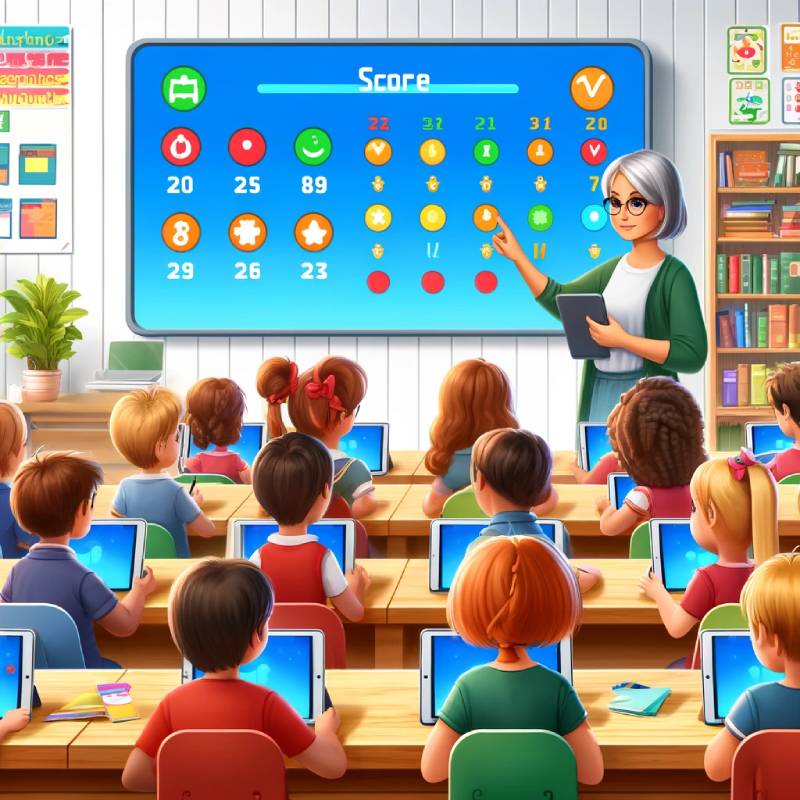Gamification refers to the application of game-design elements and game principles in non-game contexts. It’s used to enhance user engagement, organizational productivity, flow, learning, crowdsourcing, and more by incorporating motivational techniques that make technology more engaging. Elements of gamification typically include points, badges, leaderboards, challenges, and progress bars.
This approach taps into the natural desires for competition, achievement, status, and recognition. Gamification has been effectively applied in various sectors including education, where it can motivate students; business, to engage customers or employees; and health and wellness, to encourage healthier behaviors. It is also used in apps and software to increase user engagement and encourage loyalty.
Let’s delve into some details about the key elements and principles of gamification, as well as how it’s applied across different sectors:
### Key Elements of Gamification
1. **Points:** These serve as a quantifiable measure of progress or achievement. Points can motivate continued effort by showing incremental successes.
2. **Badges:** These are visual symbols of accomplishments and are often used to denote mastery or completion of challenges.
3. **Leaderboards:** These rank users based on their performance, fostering a competitive environment.
4. **Challenges:** Tasks or quests that users need to complete, which can be tailored to match the skill level of the user to maintain engagement without causing frustration.
5. **Progress Bars:** Visual representations of how close a user is to completing a task or achieving a goal, which can enhance the user’s motivation to complete it.
### Principles of Effective Gamification
– **Clear Goals:** Users should understand what they are expected to achieve, which helps in maintaining focus and motivation.
– **Balance Challenges and Skills:** The tasks should not be too easy or too hard; matching the challenge level to the user’s ability can keep users engaged and avoid frustration.
– **Immediate Feedback:** Providing users with immediate feedback can help them understand how well they are doing and what they need to improve.
– **Social Connection:** Incorporating social elements such as team challenges or sharing achievements on social media can enhance engagement.
### Applications of Gamification
1. **Education:** Gamification in education can increase student engagement by making learning more interactive and rewarding. For example, educational platforms like Duolingo use points, streaks, and levels to encourage language practice.
2. **Business:** Companies use gamification for both customer engagement and employee performance. For example, sales teams might use leaderboards and point systems to incentivize performance, while apps might use badges and rewards to keep users returning.
3. **Health and Wellness:** Apps like Fitbit and MyFitnessPal use gamification to motivate users towards their fitness and health goals by tracking progress, celebrating milestones, and allowing competition with friends.
4. **Environmental Conservation:** Programs that gamify recycling or energy savings can encourage sustainable behavior by providing rewards or public recognition for participants.
### Challenges and Considerations
– **Overemphasis on Competition:** Too much focus on competition can be demotivating for some users, especially those who are not performing well.
– **Long-Term Engagement:** It can be challenging to maintain user interest in the long term; gamification needs to evolve to keep participants engaged.
– **Ethical Concerns:** There are ethical considerations regarding manipulation and privacy, especially when personal data is used to tailor challenges or advertisements.
Gamification, when done thoughtfully, can be a powerful tool to enhance engagement and achieve specific outcomes across a variety of domains. It’s crucial to tailor gamification strategies to the audience and objectives to maximize effectiveness.

